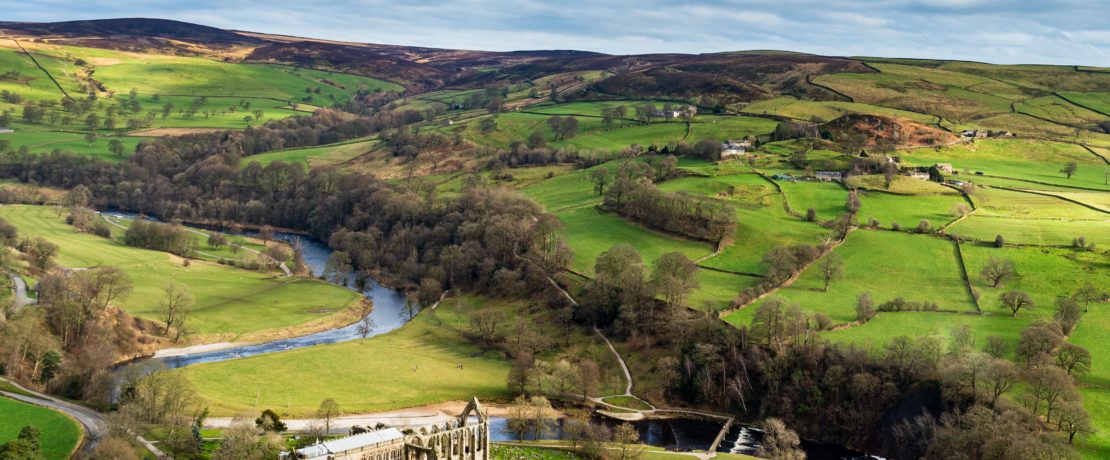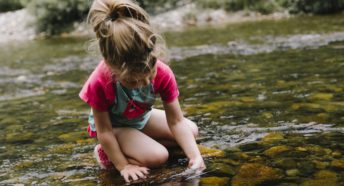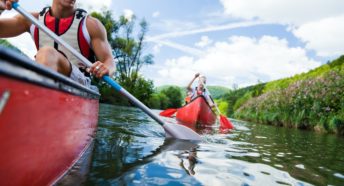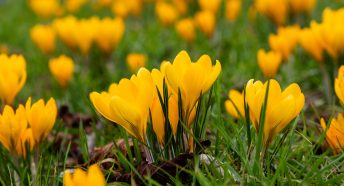Learning about the amazing rivers of North Yorkshire!!
Rivers have shaped the beautiful North Yorkshire countryside and they influenced where and how people lived and that healthy rivers are still essential to our well-being, wildlife and economy today.
Read on to find out more, and follow the links to find out the best places to visit and how you can help make our rivers healthier and cleaner.
50 different rivers: 50 different characters
Around 50 different rivers and large becks run through North Yorkshire, including some of the fastest rising, longest and most wildlife-rich rivers in the country. Their different characters are often given away in their names: Swale is from an Old English word meaning “tumultuous”, Tees means “surging”, Wharfe means “winding” and Derwent means “oak-fringed”..
The River Swale is said to be the fastest rising river in the country and the River Ouse has the 9th greatest flow rate (50.1 cubic metres per second). In contrast, some of the rivers that cross limestone bedrock, such as the Upper Wharfe, River Rye and River Riccal, can disappear completely underground in dry weather, through networks of “swallow holes”, leaving the beautiful water-carved riverbeds on display.
The majority of North Yorkshire’s rivers flow eastwards, with the exception of the Derwent which, despite rising only 6 miles from the North Sea, flows south and west for 57 miles to meet the Ouse. Many listings of the longest rivers in the UK could the Ure and Ouse combined as the 6th longest river in the country (129 miles).
What have rivers ever done for us?
Rivers have long been of huge value to people: for transport of goods and people, as a source of food and drinking water, as barriers for defence and livestock, for disposal of waste and power for mills etc. It is no coincidence that many of our major towns and cities (such as York, Ripon, Knaresborough, Richmond) are built alongside rivers or that medieval monks chose to build their abbeys in riverside spots (such as Rievaulx, Kirkham, Bolton and Fountains Abbey).
Rivers provided an essential source of power. The North Yorkshire landscape was once peppered with watermills, where the flow of rivers was harnessed to grind corn and create textiles. Most have now been converted, fallen into disrepair or been demolished completely, but the landscape is still full of their names, leats and ponds.
Rivers were a vital asset for agriculture. They provided drinking and washing water for livestock, barriers to help contain and move livestock and, particularly in the Vale of York, rivers were used to fertilise land and encourage early grass growth on flood meadows. Many of the flood meadows have long since been drained and agriculturally “improved” but some fantastic examples remain along the Ouse around York and in the Lower Derwent Valley National Nature Reserve, where they are awash with waterfowl in winter, wading birds in spring and meadow flowers in summer.
Rivers and Wildlife
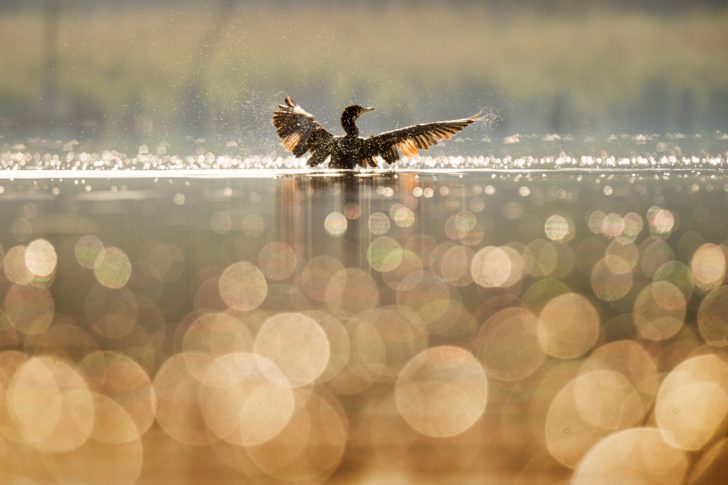
“Water is the driving force of all nature.”
Rivers have always been and always will be an absolute lynchpin of the natural environment. Not only do they support a massive range of wildlife that live in them, but their aquatic insects and fish feed a lot of other species that live near rivers, particularly birds and bats. Riverbanks are often the last refuge for “natural” wildlife habitat in otherwise intensively managed agricultural and urban landscapes. If you look across a landscape or aerial photos you may not always be able to see the watercourses, but they’re usually given away by green snaking lines of trees and vegetation and they provide hugely valuable corridors to help wildlife move through the landscape.
North Yorkshire’s rivers have good populations of nationally scarce or recovering species such as dippers, otters, kingfishers, salmon, sea trout, white-clawed crayfish, fresh-water pearl mussel, water vole and the fearsome looking river lamprey. Beavers have even recently made their first appearance in 500 years, in an enclosure in Cropton Forest, to see if the dams and wetlands they create can help reduce flooding downstream in Pickering.
See our “Enjoying Rivers pages for tips on best places to spot different wildlife.”
What do rivers do for people today?
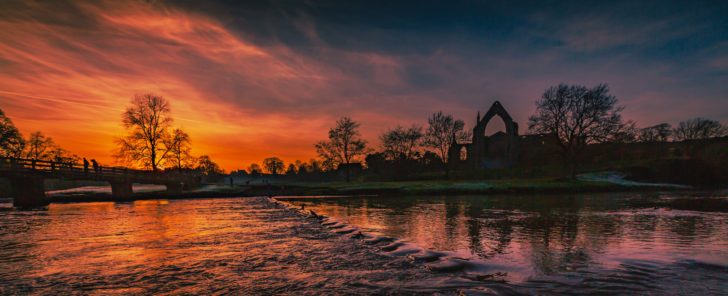
Rivers still provide power (through small scale hydro-electric schemes), transport (on sections of the Ure and Ouse) and water for livestock and people. The River Derwent provides around 20% of Yorkshire Water’s supply, with river-fed reservoirs, such as those on the River Nidd, providing even more.
Aside from these practical benefits, rivers make a huge contribution to our health and wellbeing.
North Yorkshire has some spectacularly beautiful walks beside rivers and waterfalls, fantastic fly fishing for salmon and trout, stretches of calm and white water for kayaking and canoeing and some of the cleanest water for swimming in England. With our two National Parks and two Areas of Outstanding Natural Beauty we are really well provided with information and facilities to help us make the most of them.
There is mounting evidence that exercise in or by water is hugely beneficial for our health. In a 2021 YouGov poll 65% of participants said that being near water had a positive impact on their mental health, higher than for any other way of connecting with nature. Research suggests that the impressive range of benefits from exercise near or in water include: reduced anxiety, depression and stress, reduced blood pressure and reduced risk of cardio-vascular disease. Swimming in cold water is also thought to strengthen immune systems, reduce inflammation, improve insulin sensitivity and possibly even protect against dementia .
Despite all the benefits provided by clean and healthy rivers, they are sadly still used for waste disposal. Recently data on sewage overflows and microplastics has shown that both are far greater threats to UK rivers than most of us realised. Experience from other countries shows this doesn’t have to be the case: rivers in some of the world’s biggest cities (Boston, Berlin, Paris, Zurich) are now clean enough to swim in. But don’t despair. Pressure is building in the UK for industry, particularly water companies, to clean up their act and there are lost of things we can all do to help.
See our “Caring for Rivers” page for advice on how you can help.
Books and further information about rivers
- Blue Spaces: How and Why Water Can Make you Feel Better by Dr Catherine Kelly (2021) – easy to read book explaining the benefits of being near or in water and lots of practical suggestions of ways to make the most of them.
- Collins Pocket Guide: Freshwater Life, Britain and Northern Ireland by Malcolm Greenhalgh and Denys Ovenden (2007) – a handy and easy to use identification guide to all manner of aquatic life.
- How to Read Water: Clues and Patterns from Puddles to the Sea by Tristan Gooley (2016) – from the author of the Natural Navigator, a fascinating guide to the signs which help you understand what’s happening beneath the surface in a body of water.
- Rivers by Nigel Homes and Paul Raven (2014) – the most comprehensive and up to date book about British rivers: their history, wildlife and health.
- Rivers in the British Landscape by Sue Owen and others (2005) – a beautifully written and illustrated book covering all aspects of British rivers – how they’re formed, what lives in them and how they’ve influenced the landscape, economy, history and culture of Britain.
- Waterlog by Roger Deakin (1999) – the classic book about wild swimming, featuring a number of North Yorkshire rivers, written by one of Britain’s finest nature writers who also had a keen eye for the history and human stories associated with rivers. Beware though, some of his Yorkshire adventures definitely fall into the category of “don’t try this at home”!
